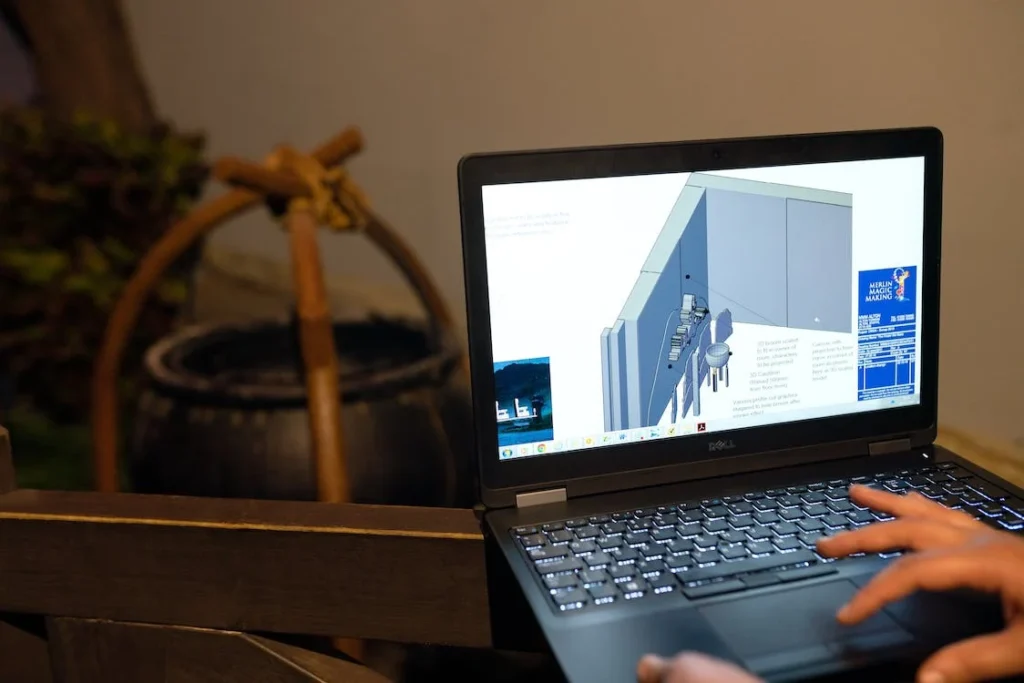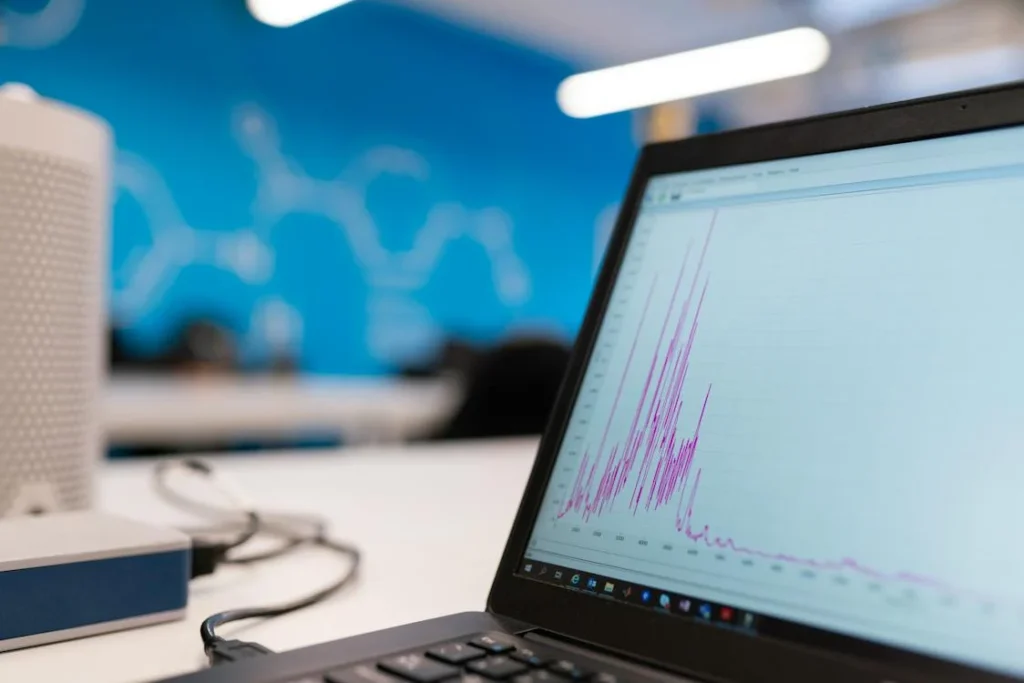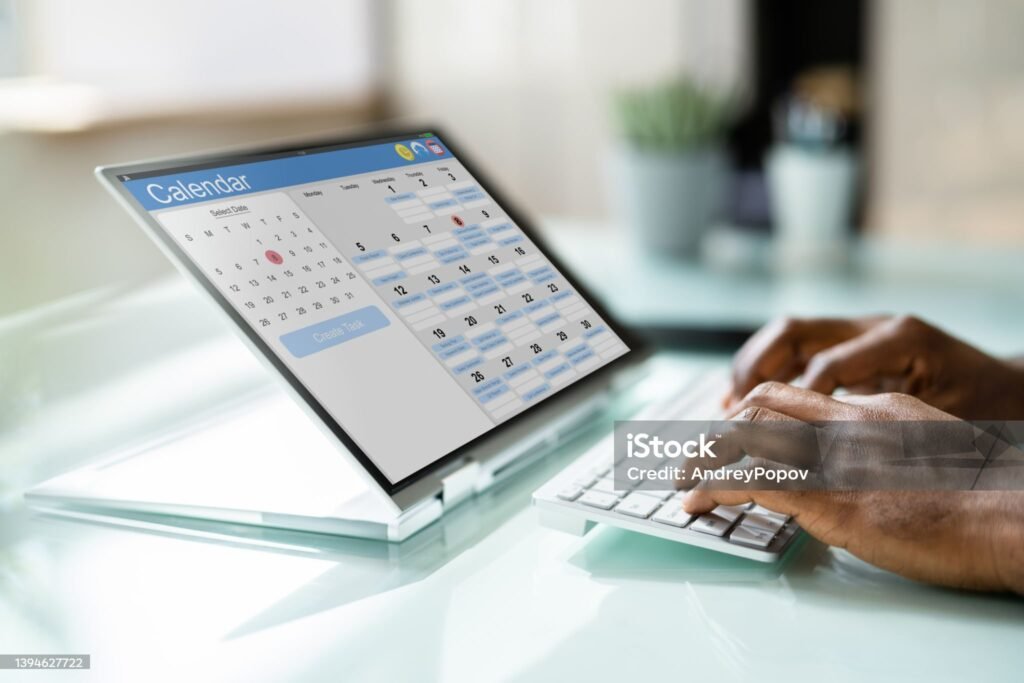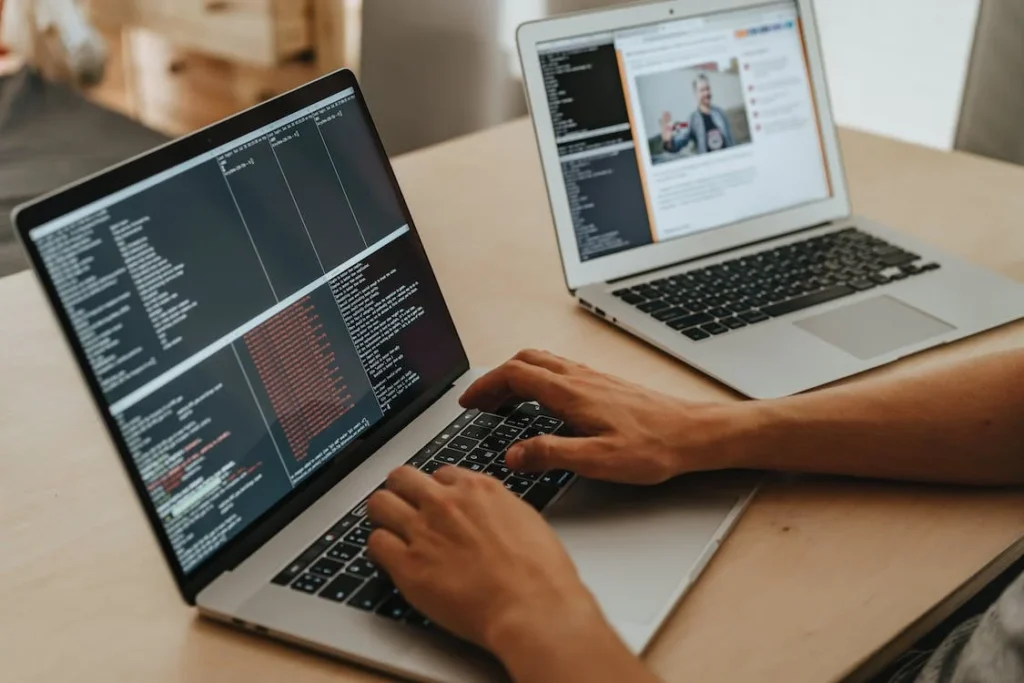This Article has been revised, edited and added to, by Poulomi Chakraborty.
- The Importance of Email Marketing for Events and Webinars
- Building a Strong Email List
- Maximizing Attendance Through Strategic Timing
- Understanding the Best Times to Send Emails
- Analyzing Audience Behavior
- Leveraging Time Zones
- The Role of Frequency in Email Campaigns
- Crafting Compelling Calls to Action
- Enhancing Visual Appeal
- Importance of a Mobile-Friendly Design
- Incorporating Interactive Elements
- Measuring and Analyzing Success
- Continuous Improvement Through Feedback
- Post-Event Engagement and Follow-Up
- Leveraging Automation for Efficiency
- Integrating Social Media with Email Marketing
- Advanced Email Marketing Techniques
- Conclusion
Email marketing has revolutionized the way businesses communicate with their audiences. When it comes to promoting events and webinars, email marketing stands out as a powerful tool that can significantly boost attendance and engagement. This article delves into how you can effectively use email marketing to enhance your event and webinar attendance, providing you with actionable strategies to maximize your success.
Imagine you’ve planned a stellar event or webinar with an exciting lineup of speakers, engaging content, and valuable networking opportunities. But here’s the catch – how do you ensure that people actually show up? This is where email marketing comes into play. Unlike social media or traditional advertising, email allows for a direct line of communication with your audience. It’s personal, targeted, and, when done right, incredibly effective.
The Importance of Email Marketing for Events and Webinars
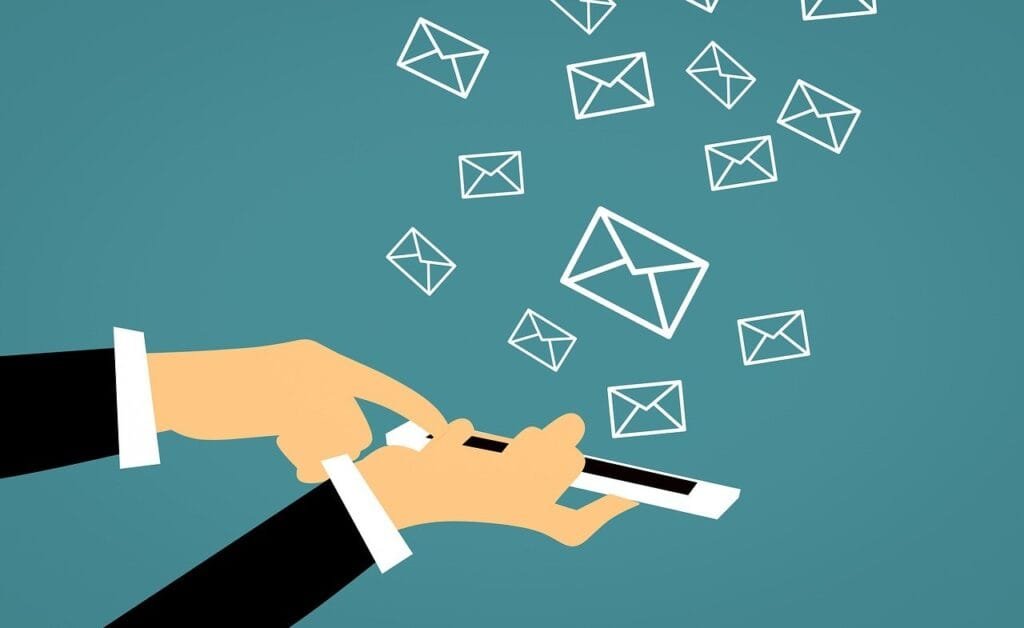
When planning an event or webinar, one of your primary goals is to attract as many participants as possible. Email marketing provides a direct and personal way to reach out to your target audience, delivering your message straight to their inbox.
This directness is what makes email marketing so effective. You’re not just casting a wide net; you’re strategically reaching out to individuals who are more likely to be interested in what you have to offer.
Emails can be tailored to suit the interests and preferences of different segments of your audience. This level of personalization helps in creating a connection with your recipients, making them more likely to engage with your content and take action.
Furthermore, with the right strategies, you can nurture these leads, turning potential attendees into actual participants.
Personalization: The Game Changer
Personalization is a key factor in the success of email marketing campaigns. Generic emails are easy to ignore, but a personalized message can capture attention and drive engagement.
When promoting an event or webinar, use personalized email content to address the specific interests and pain points of your audience. This not only makes your emails more relevant but also increases the likelihood of your audience responding positively.
For instance, if you’re hosting a webinar on digital marketing trends, you can segment your email list based on past interactions or expressed interests. Send different versions of your email to different segments, highlighting aspects of the webinar that would appeal most to each group.
This approach makes your audience feel understood and valued, which in turn boosts engagement and attendance.
Crafting Compelling Subject Lines
The subject line of your email is the first thing your audience will see, and it plays a crucial role in determining whether your email gets opened or not. A compelling subject line should be concise, intriguing, and convey a sense of urgency or importance.
It should give a glimpse of the value your email offers without giving everything away.
Think of your subject line as a movie trailer. It should tease the content inside, creating curiosity and encouraging the recipient to open the email to learn more. For example, a subject line like “Don’t Miss Out on the Marketing Event of the Year!” is likely to grab attention and prompt action.
Creating Engaging Email Content
Once you’ve captured your audience’s attention with a compelling subject line, the next step is to keep them engaged with your email content. Your email should be visually appealing, easy to read, and packed with valuable information. Use a mix of text, images, and links to create a dynamic and engaging email.
Start with a strong opening that immediately grabs attention. This could be a bold statement, an interesting fact, or a question that piques curiosity. Follow up with concise, informative content that highlights the key benefits of attending your event or webinar.
Use bullet points or short paragraphs to make your content easy to scan. Remember, the goal is to keep your audience interested and motivated to take action.
A/B Testing for Optimization
A/B testing is a powerful technique for optimizing your email marketing campaigns. By testing different versions of your emails, you can determine what works best for your audience. This could involve testing different subject lines, email copy, images, or calls to action.
For example, you might send one version of your email with the subject line “Join Our Exclusive Webinar on Marketing Trends” and another with “Unlock the Secrets of Successful Marketing – Register Now!” By comparing the open and click-through rates of these two versions, you can identify which approach resonates more with your audience.
Comparison: Email Marketing vs. Social Media Promotion
While social media promotion has its own set of advantages, email marketing offers unique benefits that make it particularly effective for promoting events and webinars. Social media platforms are excellent for building brand awareness and engaging with a broad audience, but they often lack the personal touch that email marketing provides.
With email marketing, you can deliver tailored messages directly to your audience’s inbox, ensuring that your message is seen by the right people. Unlike social media, where your posts can easily get lost in the noise, emails offer a direct line of communication that is more likely to be noticed and acted upon.
Additionally, email marketing allows for better tracking and analysis of your campaigns. You can monitor open rates, click-through rates, and conversions to gain insights into what works and what doesn’t.
This data-driven approach enables you to continually refine and improve your email marketing strategies, ensuring that your campaigns are always effective.
Social media, on the other hand, is more of a public platform where your message is broadcasted to a wide audience. While this can help in reaching new potential attendees, it’s less targeted and can often result in lower engagement rates compared to email marketing. Social media is great for creating buzz and driving awareness, but email marketing excels in driving action and conversion.
Building a Strong Email List

A quality email list is the backbone of any successful email marketing campaign. For events and webinars, it’s crucial to have a list of engaged and interested recipients who are likely to respond to your invitations. Building such a list requires a strategic approach, focusing on attracting subscribers who have a genuine interest in your content and offerings.
Strategies for Growing Your Email List
To grow your email list, start by offering valuable content that encourages people to subscribe. This could be in the form of a free ebook, a whitepaper, exclusive insights, or early access to event tickets. Ensure that the subscription process is straightforward and that the benefits of subscribing are clearly communicated.
Networking at industry events can also be an effective way to build your email list. Collect email addresses through sign-up sheets or digital forms and follow up with these contacts by sending personalized invitations to your events or webinars.
Leveraging social media platforms to promote your newsletter and encourage sign-ups can also be highly effective. Share snippets of your valuable content on social media, with a call-to-action that directs users to a landing page where they can subscribe.
Ensuring Compliance with Email Regulations
Compliance with email regulations, such as the General Data Protection Regulation (GDPR) and the CAN-SPAM Act, is essential to maintain the trust of your subscribers and avoid legal issues. Always obtain explicit consent before adding someone to your email list. Make sure to provide an easy way for recipients to unsubscribe if they choose to.
Clear and transparent communication about how you will use their email addresses will help build trust. Explain the type of content they can expect to receive and how often you will be emailing them.
Segmenting Your Email List
Segmenting your email list allows you to send more targeted and relevant messages to your subscribers. By grouping your audience based on their interests, behaviors, or demographics, you can tailor your emails to meet their specific needs and preferences.
For event and webinar promotions, segmentation can be particularly useful. For example, if you’re hosting multiple webinars on different topics, you can send invitations to each segment based on their areas of interest. This increases the likelihood that recipients will find your content relevant and will engage with your emails.
Segmentation can also help you address different stages of the customer journey. New subscribers might receive introductory content, while long-term subscribers might get more advanced insights or exclusive offers.
Crafting Effective Email Invitations
Your email invitations are the first point of contact with your potential attendees. Crafting compelling invitations requires a balance of creativity, clarity, and persuasion. Start with a catchy and relevant subject line that grabs attention and piques curiosity.
The body of your email should be engaging and to the point. Clearly state the benefits of attending your event or webinar, including any key speakers, topics, or unique features. Use a conversational tone to make your message more relatable and personal.
Visual elements can enhance the appeal of your email. Incorporate high-quality images, branded banners, or even short video clips to provide a glimpse of what attendees can expect. Ensure that your email design is mobile-friendly, as a significant portion of your audience may be viewing your email on their smartphones.
Creating a Sense of Urgency
Creating a sense of urgency in your email invitations can motivate recipients to take immediate action. Highlighting limited availability, early-bird pricing, or exclusive access can encourage prompt responses. Phrases like “Register Now,” “Limited Seats Available,” or “Early Bird Discount Ends Soon” can drive urgency and boost registration rates.
Personalization also plays a crucial role in this context. Addressing recipients by their name and tailoring the content to their interests can make your emails feel more personal and urgent. When people feel that an opportunity is specifically meant for them, they are more likely to act quickly.
Follow-Up Emails and Reminders
Following up with your email recipients is just as important as the initial invitation. Not everyone will respond to your first email, so sending reminder emails can help keep your event top of mind. These follow-ups can provide additional information, address common questions, or highlight new developments related to your event.
Sending a series of reminder emails leading up to the event date can increase attendance rates. These emails should be spaced appropriately to avoid overwhelming your recipients. For example, you might send a reminder a week before the event, another a few days prior, and a final reminder on the day of the event.
Each reminder email should offer new information or a fresh perspective to maintain interest. This could include updates on the agenda, additional speaker announcements, or last-minute tips for attendees.
Engaging Content for Pre-Event Engagement
Keeping your audience engaged before the event is crucial for maintaining their interest and ensuring they show up. Pre-event engagement can include sending out teasers, sneak peeks, or exclusive content related to the event. This helps build anticipation and excitement.
Webinars, for instance, can benefit from pre-event Q&A sessions where potential attendees can submit their questions in advance. Sharing a behind-the-scenes look at the preparation process can also create a sense of involvement and community.
In addition to email content, consider incorporating social media and other digital platforms to enhance pre-event engagement. Encourage your email subscribers to follow your social media channels for more updates and interactive content.
Maximizing Attendance Through Strategic Timing
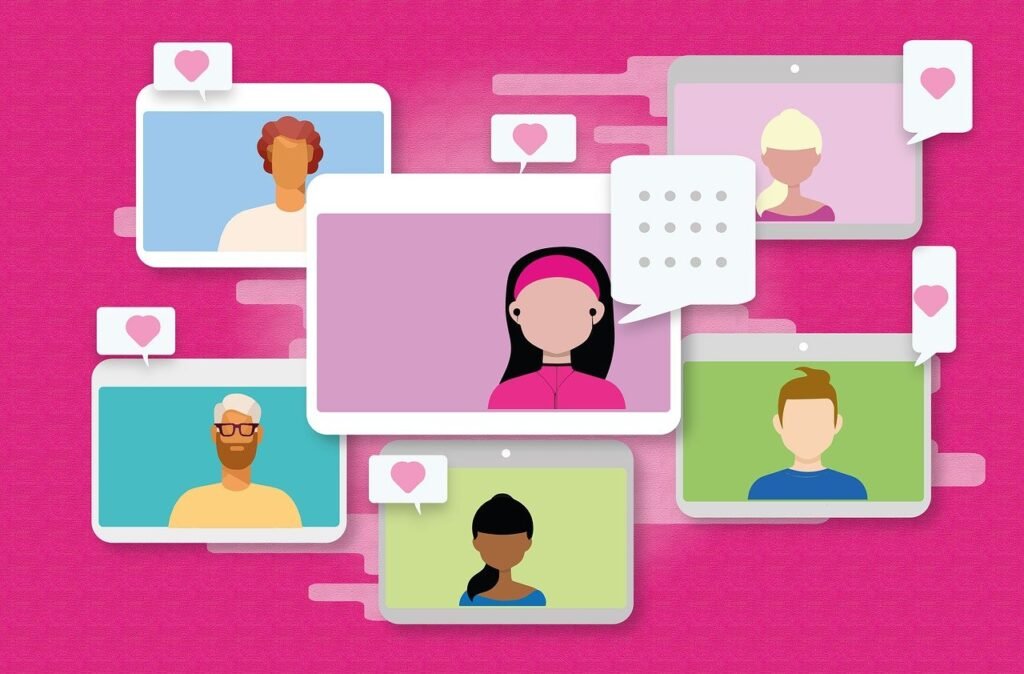
Understanding the Best Times to Send Emails
The timing of your email campaigns can significantly impact their effectiveness. Sending your emails at the right time increases the chances of them being opened and acted upon.
Studies suggest that the best times to send emails are generally mid-week and mid-morning. However, the optimal time can vary depending on your audience’s habits and time zones.
For events and webinars, consider sending your initial invitations at least two weeks in advance. This gives your audience enough time to plan and schedule their attendance. Follow up with reminder emails as the event date approaches, ensuring that your messages stay fresh in their minds without being intrusive.
Analyzing Audience Behavior
Analyzing your audience’s behavior can provide valuable insights into the best times to send your emails. Look at past campaign data to identify patterns in open rates and click-through rates. Pay attention to the times and days when your emails received the highest engagement.
Tools like Google Analytics and email marketing platforms offer detailed reports that can help you understand your audience’s behavior. Use this data to fine-tune your email schedule, ensuring that your messages reach your audience when they are most likely to engage.
Leveraging Time Zones
For a global audience, time zones play a crucial role in email timing. Segment your email list based on geographic locations to ensure that your emails are sent at optimal times for each region. This approach increases the likelihood that your emails will be seen and acted upon promptly.
Many email marketing platforms offer the ability to schedule emails according to the recipient’s local time zone. Utilizing this feature can enhance the effectiveness of your email campaigns, especially for events and webinars that cater to an international audience.
The Role of Frequency in Email Campaigns
Finding the right balance in email frequency is essential. Sending too many emails can overwhelm your audience and lead to higher unsubscribe rates. On the other hand, infrequent emails may cause your audience to forget about your event or webinar.
For event promotions, a strategic approach to email frequency involves an initial invitation, followed by a series of reminders. A good rule of thumb is to start with a bi-weekly schedule, increasing the frequency as the event date approaches. This gradual build-up keeps your audience informed and engaged without feeling bombarded.
Crafting Compelling Calls to Action
A compelling call to action (CTA) is crucial for driving conversions in your email campaigns. Your CTA should be clear, concise, and persuasive, encouraging recipients to take the desired action. Whether it’s registering for a webinar, purchasing tickets for an event, or simply learning more, your CTA should stand out and be easy to follow.
Use action-oriented language that creates a sense of urgency and excitement. Phrases like “Register Now,” “Join Us Today,” or “Secure Your Spot” can motivate recipients to act immediately. Place your CTA prominently in your email, ensuring it is easily noticeable and clickable.
Enhancing Visual Appeal
Visual appeal plays a significant role in the effectiveness of your email campaigns. A well-designed email captures attention and makes your content more engaging. Use a clean and professional design that aligns with your brand identity.
Incorporate high-quality images, graphics, and videos to make your emails visually appealing. Ensure that your design is responsive, meaning it looks great on both desktop and mobile devices. A consistent color scheme and font style also contribute to a cohesive and attractive email design.
Importance of a Mobile-Friendly Design
With a significant portion of emails being opened on mobile devices, having a mobile-friendly design is crucial. Ensure that your emails are easily readable on smaller screens, with appropriately sized text and buttons that are easy to tap.
A mobile-friendly design enhances the user experience and increases the likelihood of engagement. Test your emails on various devices to ensure they display correctly and function as intended.
Incorporating Interactive Elements
Interactive elements can boost engagement in your email campaigns. Features like countdown timers, RSVP buttons, and embedded forms allow recipients to interact with your email content directly. These elements not only make your emails more engaging but also facilitate immediate action.
For example, a countdown timer for an upcoming event creates a sense of urgency and excitement. An RSVP button makes it easy for recipients to confirm their attendance with a single click. These interactive features streamline the registration process and enhance the overall user experience.
Measuring and Analyzing Success
Measuring the success of your email campaigns is essential for continuous improvement. Track key metrics such as open rates, click-through rates, and conversion rates to gauge the effectiveness of your campaigns.
Analyze this data to identify what’s working and what isn’t. Look for patterns and trends that can inform your future email marketing strategies. A/B testing different elements of your emails, such as subject lines, content, and CTAs, can provide valuable insights into what resonates best with your audience.
Continuous Improvement Through Feedback
Feedback from your audience can provide valuable insights into how to improve your email campaigns. Encourage recipients to share their thoughts and suggestions, whether through direct replies or post-event surveys.
Use this feedback to refine your email content, design, and strategy. Understanding your audience’s preferences and pain points enables you to tailor your emails to better meet their needs, ultimately boosting engagement and attendance.

Post-Event Engagement and Follow-Up
Importance of Post-Event Follow-Up
The engagement doesn’t end once your event or webinar is over. Post-event follow-up is crucial for maintaining a connection with your attendees and nurturing these relationships for future events. Send thank-you emails to express your appreciation for their participation.
Sharing Event Highlights and Recordings
Share highlights from the event, such as key takeaways, notable quotes, and memorable moments. If you recorded the event or webinar, provide access to the recordings. This not only adds value for those who attended but also serves as a resource for those who couldn’t make it.
Collecting Feedback and Insights
Request feedback from your attendees to gain insights into what worked well and what could be improved. Use surveys to ask specific questions about their experience and gather suggestions for future events. This feedback is invaluable for refining your approach and enhancing the quality of your events and webinars.
Encouraging Future Engagement
Encourage attendees to stay engaged with your brand by promoting upcoming events, webinars, or related content. Provide information about how they can stay connected, such as subscribing to your newsletter or following your social media channels.
Nurturing Relationships Through Consistent Communication
Consistent communication is key to nurturing relationships with your audience. Regularly update them with valuable content, industry news, and information about future events. This keeps your brand top of mind and positions you as a trusted source of information and insights.
Leveraging Testimonials and Case Studies
Leverage testimonials and case studies from your events to build credibility and attract new attendees. Share success stories and positive feedback from past participants to highlight the value and impact of your events. This social proof can be a powerful motivator for prospective attendees.
Offering Exclusive Content and Opportunities
Offer exclusive content and opportunities to your past attendees to keep them engaged. This could include early access to future events, special discounts, or exclusive insights. Providing additional value strengthens your relationship with your audience and encourages loyalty.
Leveraging Automation for Efficiency
Benefits of Email Automation
Email automation is a game-changer for event and webinar marketing. It streamlines your processes, ensuring that your audience receives timely and relevant communications without requiring constant manual effort. Automation allows you to set up a series of emails that are triggered by specific actions or timeframes, such as registration confirmations, reminder emails, and post-event follow-ups.
Automation not only saves time but also enhances consistency and reliability. With automated workflows, you can ensure that no recipient falls through the cracks, and everyone receives the necessary information at the right time.
Setting Up Automated Workflows
To set up effective automated workflows, start by mapping out the customer journey for your event or webinar. Identify key touchpoints where automated emails can enhance the experience. For instance, an initial confirmation email should be sent immediately after someone registers for your event, followed by reminder emails as the event date approaches.
Post-event follow-up emails can also be automated. These could include thank-you notes, links to event recordings, and requests for feedback. By automating these communications, you maintain engagement without overwhelming your team.
Personalizing Automated Emails
Even though automated, your emails should still feel personal and relevant. Use personalization tokens to include the recipient’s name, reference the specific event they registered for, and tailor the content based on their interests. This level of personalization makes your automated emails feel more human and engaging.
Advanced email marketing platforms offer features like dynamic content, which allows you to customize different sections of an email based on the recipient’s data. This can be particularly useful for segmenting your audience and delivering highly relevant content.
Tracking and Measuring Success
Automation platforms provide detailed analytics that help you track the performance of your email campaigns. Monitor metrics such as open rates, click-through rates, and conversion rates to assess the effectiveness of your automated workflows. Use these insights to refine your strategies and improve future campaigns.
Using Drip Campaigns for Engagement
Drip campaigns, a series of automated emails sent over time, can be particularly effective for nurturing leads and maintaining engagement. For example, a drip campaign for a webinar might include an initial invitation, a follow-up email highlighting key speakers, a reminder email, and a post-event follow-up.
Drip campaigns keep your audience engaged at every stage of the event promotion cycle. They provide consistent touchpoints that build anticipation and maintain interest, ultimately driving higher attendance and engagement rates.
Integrating Social Media with Email Marketing
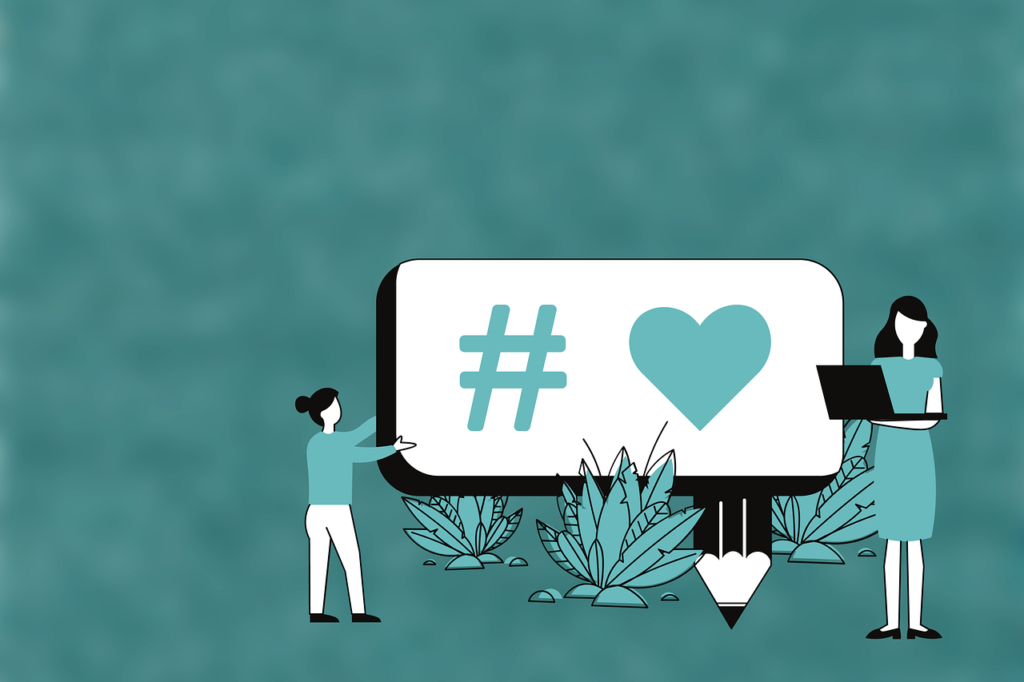
Cross-Promotional Strategies
Integrating your email marketing efforts with social media can amplify your reach and engagement. Use social media platforms to promote your email newsletters and event invitations, encouraging your followers to subscribe for more detailed updates.
Conversely, include social media links in your emails to drive traffic to your social media profiles. This cross-promotional strategy creates a cohesive and integrated marketing approach that leverages the strengths of both channels.
Social Proof and User-Generated Content
Incorporate social proof and user-generated content into your email campaigns to enhance credibility and engagement. Share testimonials, reviews, and success stories from past events or webinars. Encourage attendees to share their experiences on social media and feature these posts in your emails.
User-generated content not only builds trust but also creates a sense of community around your events. Highlighting real experiences from real people makes your promotions more relatable and convincing.
Live Social Media Engagement
Engage with your audience in real-time through social media during your event or webinar. Use live tweets, Instagram stories, or Facebook live sessions to create a dynamic and interactive experience. Encourage attendees to use specific hashtags and share their insights and questions on social media.
Post-event, continue the conversation by sharing highlights, answering questions, and addressing feedback on social media. This ongoing engagement keeps your event alive in the minds of your audience and encourages future participation.
Leveraging Influencers and Partnerships
Collaborating with influencers and industry partners can extend the reach of your email marketing campaigns. Influencers can help promote your event to their followers, adding credibility and attracting a broader audience. Partnering with industry organizations or complementary businesses can also enhance your promotional efforts.
Feature these collaborations in your email campaigns to highlight the value and credibility of your event. Mention any special guest appearances or partnerships to create excitement and draw more interest.
Advanced Email Marketing Techniques
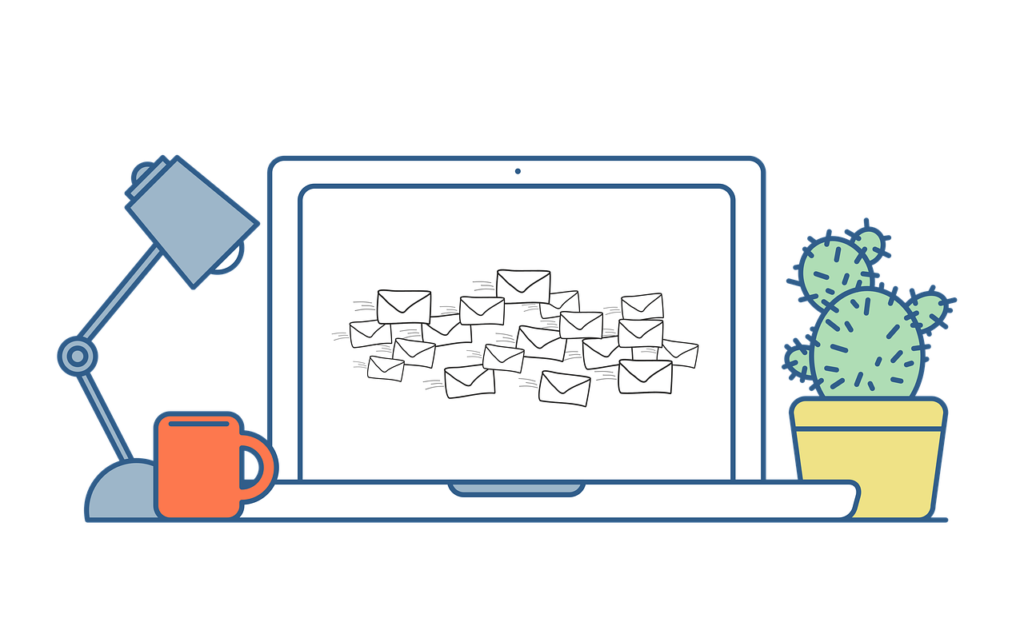
Behavioral Targeting
Behavioral targeting involves sending emails based on the actions and behaviors of your audience. By tracking how recipients interact with your emails and website, you can deliver highly relevant content that matches their interests and needs.
For example, if a subscriber clicks on a link about a specific topic in your email, you can follow up with additional content related to that topic. This level of targeting ensures that your emails are always relevant and engaging, increasing the likelihood of conversion.
Dynamic Content and Personalization
Dynamic content allows you to create different versions of the same email tailored to various segments of your audience. This can be based on demographic information, past behaviors, or expressed interests. Personalized content increases engagement by delivering messages that resonate more deeply with each recipient.
For event and webinar promotions, use dynamic content to highlight different sessions or speakers that would appeal to specific segments of your audience. This approach makes your emails more relevant and compelling.
Retargeting Campaigns
Retargeting campaigns focus on individuals who have shown interest in your event but haven’t yet registered. Use retargeting emails to remind them of the event and encourage them to complete their registration. Highlight any new developments, such as additional speakers or updated agendas, to reignite their interest.
Retargeting can also be applied post-event to re-engage attendees. Send follow-up emails with recordings, additional resources, or invitations to future events.
Leveraging AI and Machine Learning
Artificial intelligence (AI) and machine learning are transforming email marketing by providing advanced analytics and automation capabilities. AI can help optimize send times, personalize content, and predict recipient behaviors, enhancing the effectiveness of your campaigns.
Machine learning algorithms can analyze large datasets to identify patterns and trends, offering insights into what works best for your audience. Use these insights to continually refine and improve your email marketing strategies.
Conclusion
Email marketing is a powerful tool for boosting attendance and engagement for your events and webinars. By building a strong email list, crafting compelling invitations, strategically timing your emails, and leveraging advanced techniques like automation and behavioral targeting, you can significantly enhance your promotional efforts.
Integration with social media, continuous analysis, and feedback-driven improvements further amplify the impact of your email campaigns. Whether you’re hosting a small webinar or a large-scale event, the strategies outlined in this article provide a comprehensive guide to maximizing your reach and achieving your goals.
Successful email marketing requires a combination of creativity, strategy, and technology. By focusing on personalization, engagement, and continuous improvement, you can create email campaigns that not only drive attendance but also build lasting relationships with your audience.
Read next:
- Get Your Mortgage Business to the Top of Google: A Step-by-Step SEO Guide
- The Ultimate Guide to Capturing Credit Card Shoppers Through SEO
- Unlock the Secrets to Sky-High Rankings for Your Banking Website
- How Financial Institutions Can Skyrocket Their Online Presence with SEO
- How to Utilize Facebook Lead Generation Ads: A Deep Dive







